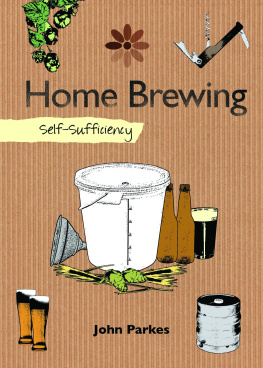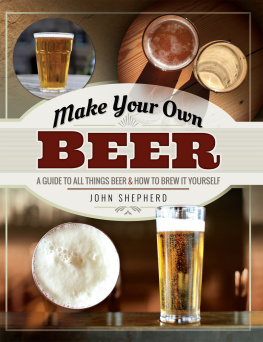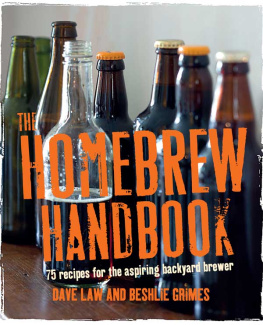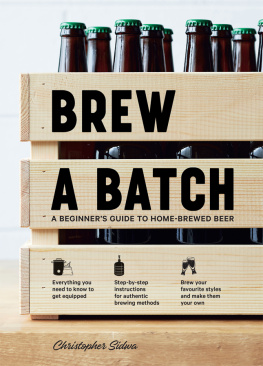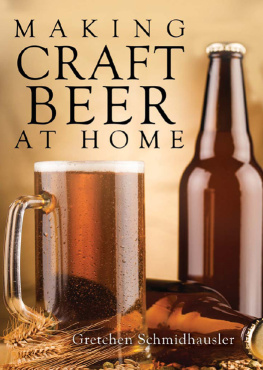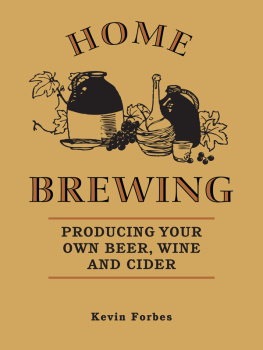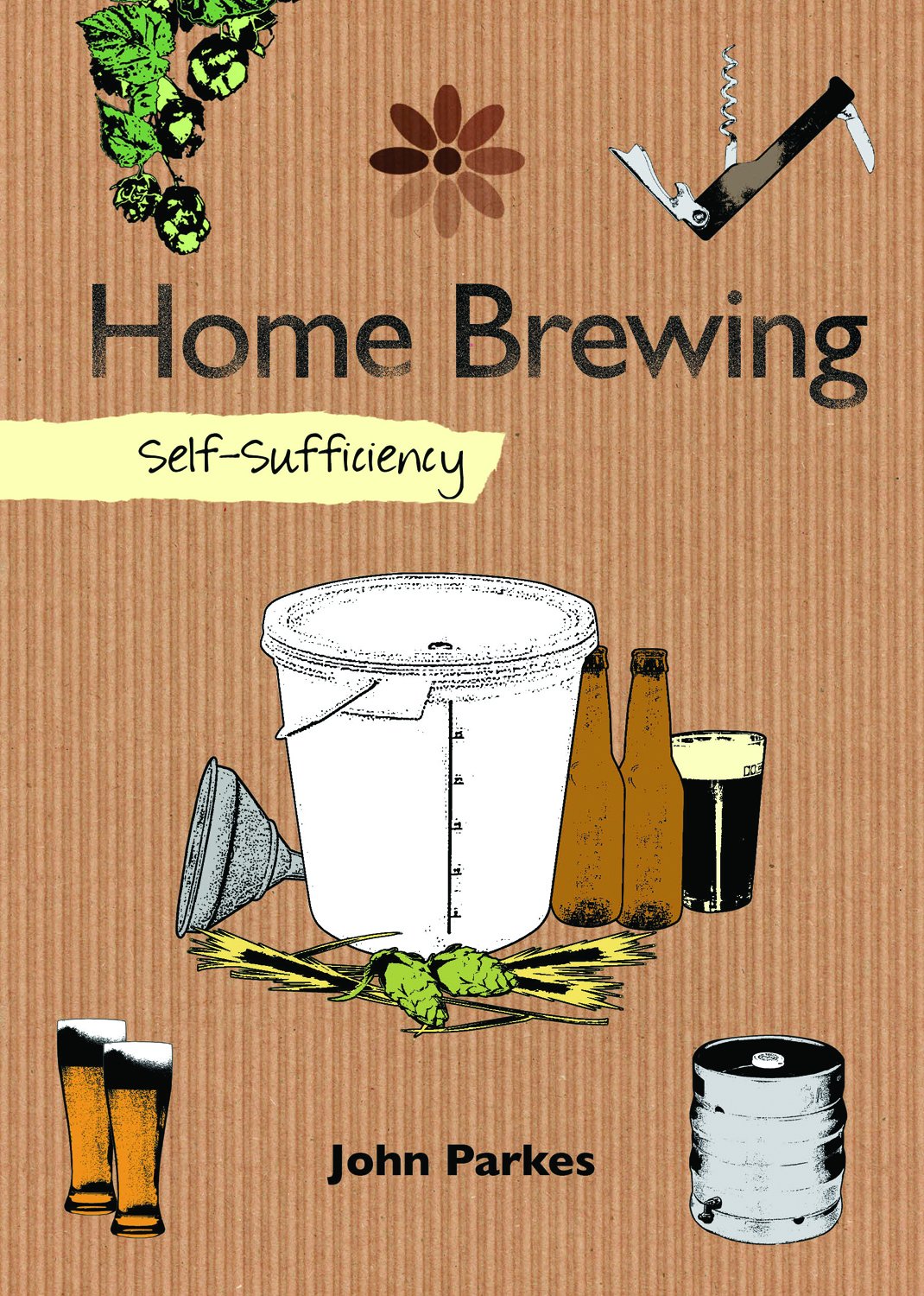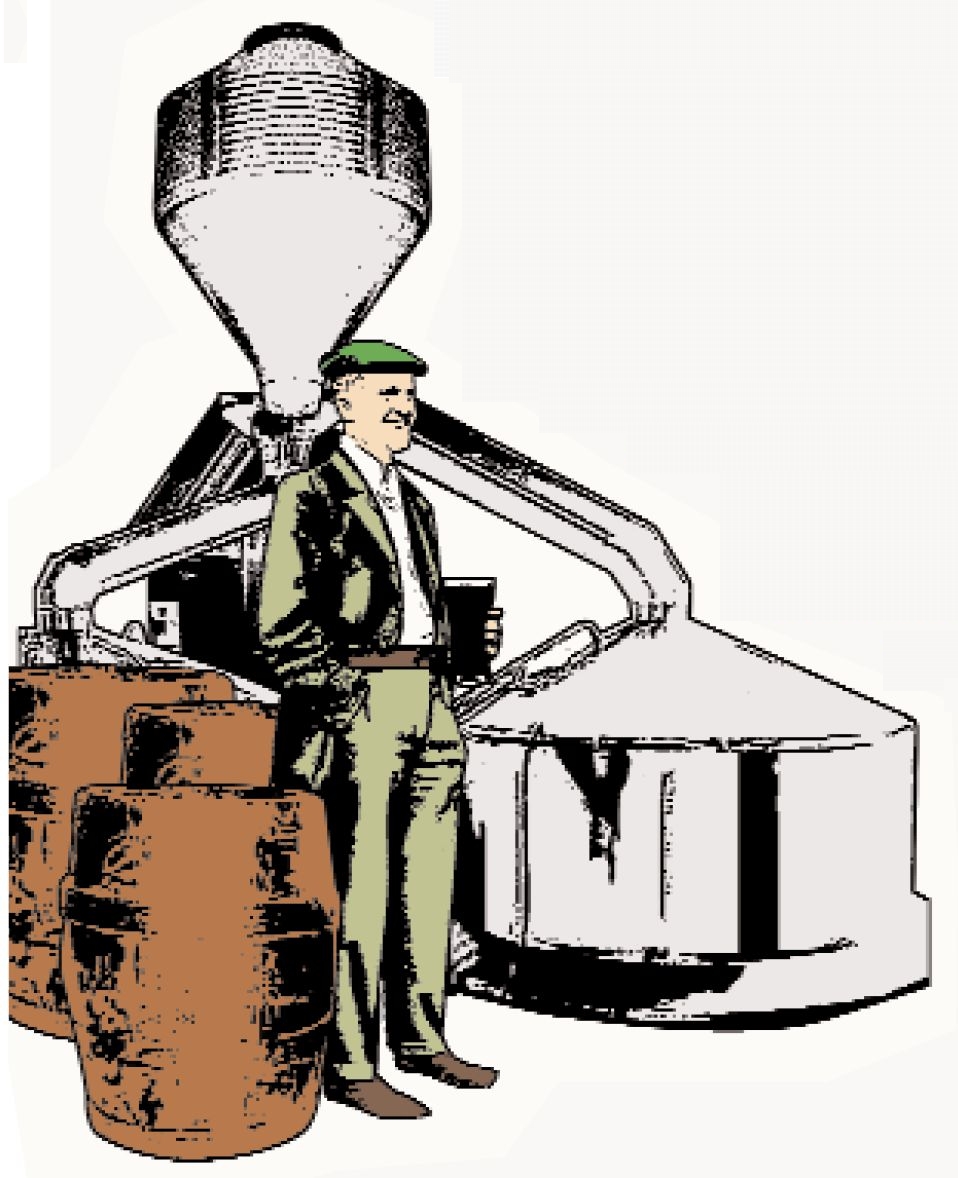Origins
Beer is quite possibly the worlds oldest alcoholic beverage, dating back to at least the 6th century BC, and recorded in the written history of Ancient Egypt and Mesopotamia. Historians believe that beer was discovered by accident by the peoples of these regions. Barley was one of the staple grains of these parts, and it was soon discovered that if grain was allowed to get wet, germinate, and then quickly dried off (a process known as malting), it would become sweeter and more suited for making breads and cakes.
It was a short leap from the discovery of malting to the discovery of beer. Probably quite by accident, someone allowed their malted barley to get wet and remain exposed to the elements. Naturally-occurring wild yeasts then contaminated this exposed liquid. Because malted barley contains sugars that are the perfect nutrition for yeast, the yeast took hold and multiplied, creating a bubbly soup of alcohol and malted barley by-products that eventually became the first beer. Once this process was discovered and refined, it became quite easy for the brewer to separate the beer from the spent yeast, which could then be cultured into the next batch of beer.
Chemical tests of ancient pottery jars reveal that beer was produced about 7,000 years ago in what is today Iraq, making it one of the first-ever recorded biological engineering tasks using the process of fermentation. In Mesopotamia, the oldest evidence of beer is believed to be in the form of a 4,000-year-old Sumerian tablet depicting people drinking a beverage through reed straws from a communal bowl.
Beer became vital to all the grain-growing civilizations of Eurasian and North African antiquity, including Egypt. Knowledge of brewing was passed down to the Greeks, who in turn taught the Romans to brew. The Romans called their brew cerevisia, from Ceres, the Roman goddess of agriculture, and Latin for strength.
Beer was very important to early Romans, but during the Roman Republic wine displaced beer as the preferred alcoholic beverage, and beer became a beverage considered fit only for barbarians. Tacitus, a senator of the Roman Empire, wrote disparagingly of the beer brewed by the Germanic peoples of his day. Thracians were also known to consume beer made from rye, ever since the 5th century BC, as the Greek historian Hellanicus of Lesbos records in his works.
Hops and beer
The use of hops in beer was written about in 822 by a Carolingian abbot and again in 1067 by Abbess Hildegard of Bingen, who wrote: If one intends to make beer from oats, it is prepared with hops. The custom of flavoring beer with hops was known since the 9th century at least, but was only gradually adopted because of difficulties in establishing the right proportions of ingredients. Before that, a mix of various herbs known as gruit had been used, but they did not boast the same conserving properties as hops. Beer flavored without hops was often spoiled soon after preparation and could not travel very far. The only other alternative way to produce beer that would keep was to increase the alcohol content, but this was expensive.
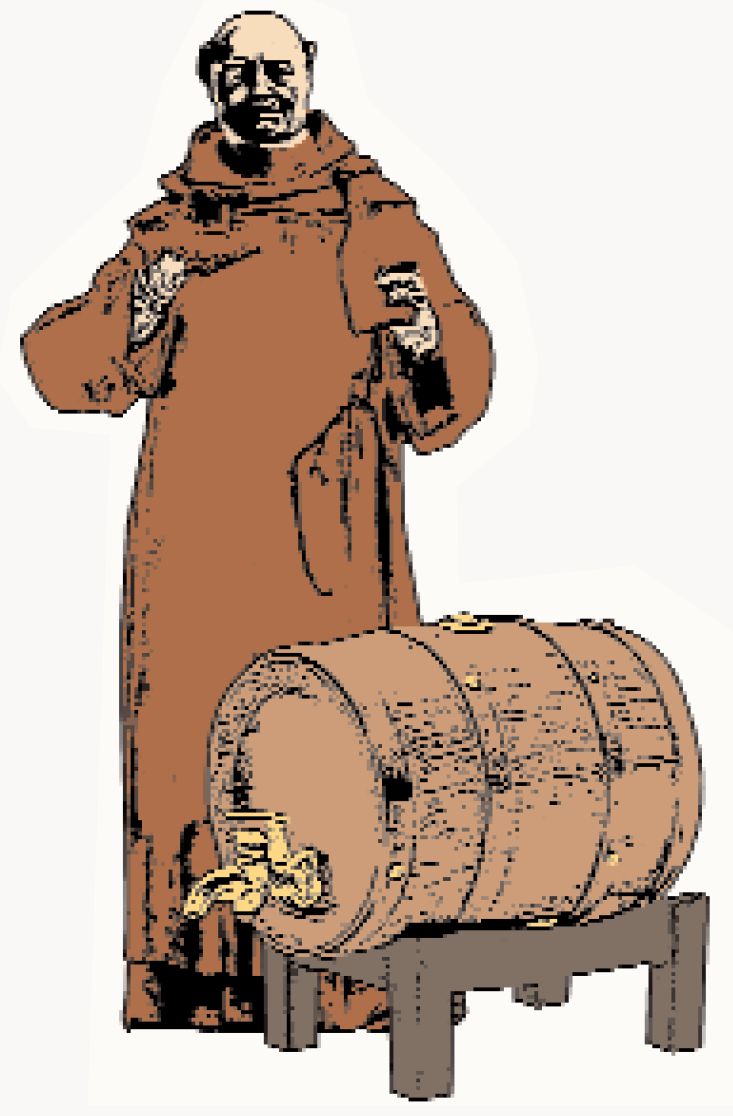
By the 13th century, hopped beer was perfected in Germany and this longer-lasting beer, combined with standardized barrel sizes, allowed for large-scale export. The Germans also pioneered a new scale of operation and an increased level of professionalism. Previously, beer had been brewed at home, but the production was now successfully replaced by medium-sized operations of about eight to ten people. This type of production spread to Holland in the 14th century and later to Flanders, Brabant, and finally reached England by the late 15th century.
Europe
Until medieval times, beer largely remained a homemakers activity. The oldest operating commercial brewery is the Weihenstephan Abbey in Bavaria, which obtained the brewing rights from the nearby town of Freising in 1040. By the 14th and 15th centuries, beer making was gradually changing from a family-oriented activity to an artisan one, with pubs and monasteries brewing their own beer for mass consumption.
Hopped beer was imported to the English town of Winchester from the Netherlands as early as 1400, and by 1428 hops were being planted all over the country. The popularity of hops was at first mixed; the Brewers Company of London went so far as to state:
No hops, herbs, or other like thing be put into any ale or liquore wherof ale shall be made but only liquor [water] , malt, and yeast.
In 1516, William IV, Duke of Bavaria, adopted the Reinheitsgebot (the Bavarian Purity Law) which was perhaps the oldest food regulation in use throughout the 20th century. The Reinheitsgebot ordered that the ingredients of beer be restricted to water, barley, and hops. Yeast was added to the list in 1857 after Louis Pasteurs findings on the role of yeast in the fermentation process.The Reinheitsgebot was officially repealed from German law in 1987.
Until recent times, most beers were top-fermented (fermented at relatively warm temperatures of around 68F where the yeast rises to the surface). Bottom-fermented beers (beers fermented at cooler temperatures of around 46F using a strain of yeast that ferments at the bottom of the beer) were discovered by accident in the 16th century, after beer was stored in cool caverns for long periods of timea process now termed lagering. Lagers have since largely outpaced top-fermented beers in terms of commercial production and worldwide consumption.
Asia
In Asia, there is prehistoric evidence that shows brewing began around 5400 BC in Sumer, southern Iraq. Some recent archaeological finds also show that Chinese villagers were brewing alcoholic drinks as far back as 7000 BC. Asias first brewery was incorporated in 1855, although it was established in the late 1820s by Englishman Edward Dyer in the town of Kasauli in India under the name Dyer Breweries. The company still exists today and is known as Mohan Meakin, and comprises a large group of companies across many industries.

